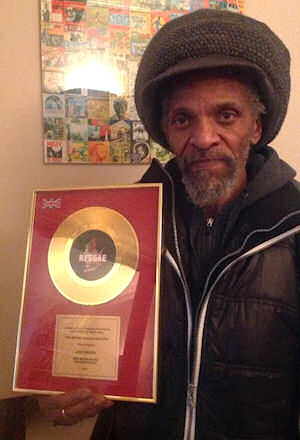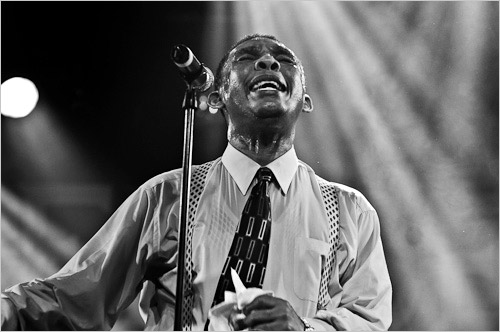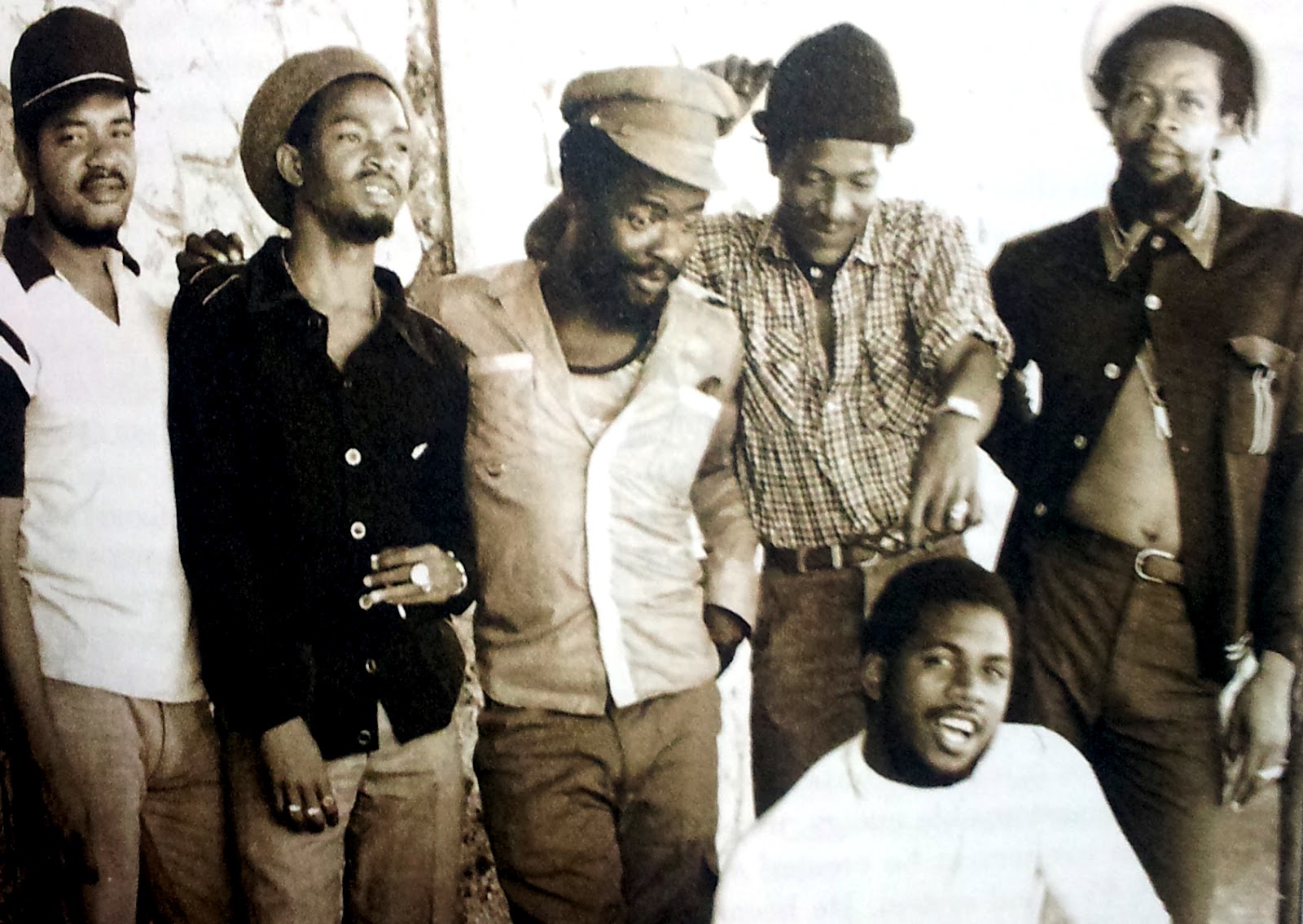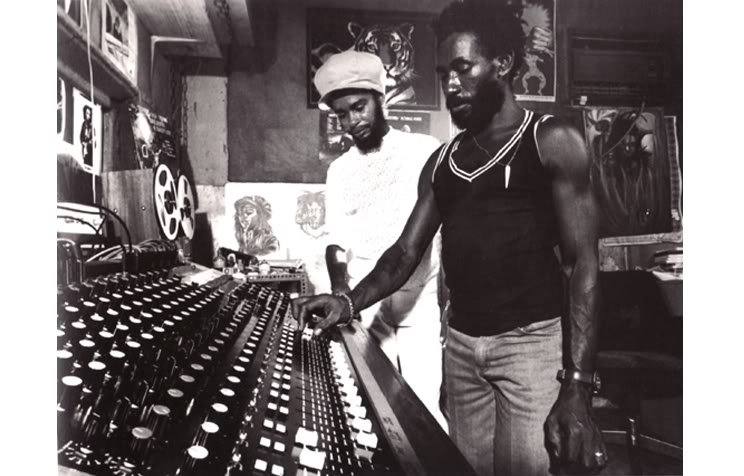For instance, with the idea of the sound engineer becoming the main man of the track, dub set the concept of electronic music. Soundsystems brought deejaying, in the term which we know it today.
Another huge invention was the lead up to rap.
When Count Matchuki was selecting for Coxsone's Sir Coxsone Downbeat sound system, he would throw in jive talk over a record and then in between songs, to keep the crowd entertained whilst the record was changed on the only turntable. This rythmical chat was known as toasting.
I recommend that you check out Rodigan telling of the story, full of enthusiasm as always.
At the end of the sixties, this talent was voiced on record by King Stitt and thus created some of the first deejay tunes to achieve considerable success, notably from the skinheads in the UK.
However, the man who brought this concept to a wider audience is the great U-Roy. "Daddy" or "The Originator" was second man of Downbeat at the time he was recommended to Duke Reid after John Holt heard him toasting over one of his own riddims.
 |
| U Roy on the mic, wearing a sweatshirt inspired by his hit |
All three songs mentionned above are cut over some of Duke Reid's most sublime rocksteady riddims. The first is from the Paragons' eponymous song, the second from Alton Ellis' Girl I've got a Date, and the latter is from Hopeton Lewis. All were released on Treasure Isle.
After a heavily rhythm-and-blues inspired intro, Hopeton Lewis and U-Roy take turns in commenting on Tom's wary behaviour.
Hopeton : You cheated !
U-Roy : Did you hear that ?
H : And you lied !
U : Hear what the brother say ? You should never do a thing like that !
As Hopeton tells the story U-Roy gives his opinion and advice to the boy, as well as adding his classic :
"Musical sound that leads the way as I would say !"
Boom !
Toasting was to take another leap forward in the early 80s when dancehall emerged. Deejay vocals were more prominent, a song would consist of the deejay's part only, leaving out the original artist's vocals completely.
Deejays such as Brigadier Jerry, Yellowman, Nicodemus and many others were then leading the scene. One song that reflects the evolution particularly well is Lone Ranger's Living as a Poor. Apart from being a brilliant song, Lone Ranger rides the riddim with an incredible flow - words that would usually describe hip hop... This tune was released on Hi-Yo, Silver, Away ! (1982) which coincidentaly features a cover of Tom Drunk, rub-a-dub style.
It's no surprise that in New York, DJ Kool Herc, the "Hip Hop Originator", was of Jamaican descent...























